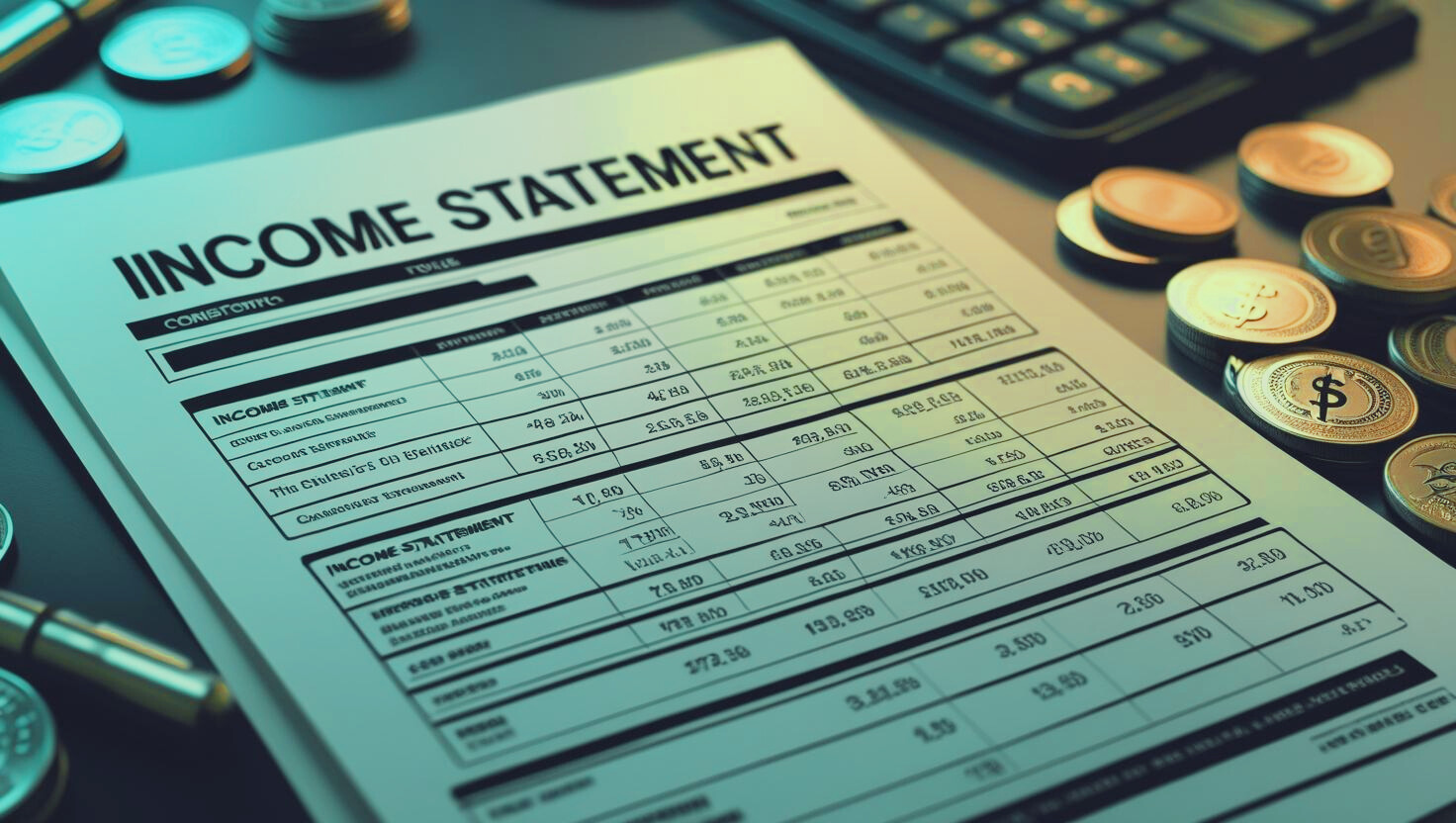What does your P&L tell you? (Part One)
Let’s talk about your P&L (a.k.a. Profit and Loss Statement or Income Statement). Maybe you glance at it once in a while, maybe you stare at it like it’s written in ancient Greek, or maybe you’ve been pretending it doesn’t exist like that plant you forgot to water three months ago. (RIP to all my dead succulents out there - hey I am an accountant, not a gardener).
But here’s the deal: your P&L isn’t just a spreadsheet. It’s a diary of your business, the unfiltered story of what’s been going on behind the scenes. If it had a voice, it would probably say something like, “Psst... you're bleeding money on paper and giving your product away. Time to fix that.”
So, what is your P&L actually trying to tell you? I’ll do my best to make it simple and share a few tips to guide you along the way.
1. All the money that came in before you started spending—yep, that’s your revenue.
The top line of your P&L is your revenue, all the money you brought in before your expenses. Whether it's sales from products or services, this is the number that starts the conversation.
This is pure revenue, “What did you charge the customer, and what did they pay you?” That’s it! This number should be a breeze: I charged Mr. Smith $100. He paid me $100.
Now, yes, maybe you got hit with a $5 credit card fee, but that fee shows up later. Right here, we’re just looking at the full $100. Clean and simple.
📊 Here’s a tip that’s worth keeping close throughout this entire process: you get out exactly what you put in. If you want to understand how much revenue came from selling grapes versus oranges, your P&L should reflect that with separate income categories for each. Too often, I see business owners lump everything under a generic “sales” heading. While the total might be correct, it won’t tell you which product is truly driving your business. The more detailed and organized your categories, the clearer your insights, and the smarter your decisions will be. A little extra effort upfront pays off big in clarity and control!
2. Here’s What You Spent—The dreaded expenses.
Next comes your expenses. This is where your P&L gets real. Think of it as your financial tough-love friend who pulls no punches.
Subscriptions you forgot about? Yep, they’re in there.
That software you bought because someone on Instagram said it changed their life? Also there.
Paper, again? Okay, we need to talk.
Expenses are broken down so you can see where your money is going. This helps you make smarter decisions.
The expenses are broken into 2 major categories: Cost of Goods Sold and Operating Expenses.
Cost of Goods Sold are the expenses that directly relate to your revenue. I sold an orange and to do that I needed to buy seeds…. Seeds are a Cost of Goods Sold Expense.
Operating Expenses are the expenses that come off your business, but are not directly related to revenue. I sold oranges and bought seeds, but my order from Mr. Smith cost me $5 in credit card processing fees…. this is where your fee will go.
I’ll dive deeper into expenses in a future blog, but here’s a solid starting point: what you spend to make your product is your Cost of Goods Sold, everything else? That’s an Operating Expense.
📊Here’s a small tip on expenses: Think of your expenses like categories in a closet, you want to organize them so you can easily spot what’s taking up space and what’s absolutely essential. This way, you’ll quickly see where you can trim the fat and where you need to invest a bit more. Plus, by tracking how these costs go up or down each year (fingers crossed we’re dreaming about growth), you’ll get a clearer picture to plan your revenue smarter. For example, if last year you spent $1,000 on seeds but this year it jumps to $1,500 for the same amount, you can either say, “Time to charge more for my oranges!” or “Maybe it’s time to shop around for a new seed supplier.” Easy, right?
3. Other Income and Expenses – What Are They?
At the bottom of your Profit and Loss (P&L) statement, you’ll usually see a section labeled “Other Income and Expenses.” Think of this section as the miscellaneous drawer of your business finances, it’s where the stuff that doesn’t quite belong in your regular day-to-day operations goes.
Other Income includes money your business earned that isn’t from your main products or services. For example:
Interest earned on a savings account
One-time gains, like selling old equipment
Other Expenses are costs that aren’t tied to your core business activities. For example:
Fines or penalties (oops)
A one-time loss…like when you sell that pricey piece of equipment and realize you basically paid top dollar just to give it away at a discount
These items don’t reflect how your main business is performing, but they do impact your bottom line. So while they’re not part of your “business as usual,” they still matter.
Part 2
We’ll wrap this up in Part 2! Hopefully, this gave you a clearer view of what makes up your P&L. Now let’s head to the bottom of that report, where the real drama happens. See you in Part 2!
Keep your assets and passwords safe with NordPass
Safeguard your business and online world securely, because passwords belong in a vault, not on a coffee-stained sticky note.
Hey, transparency is my thing, along with coffee and spreadsheets. Some of the links on this site are affiliate links, which means if you click and make a purchase, I may earn a small commission (at no extra cost to you). It helps keep the lights on, and maybe buys just one more coffee. Thanks for the support!

